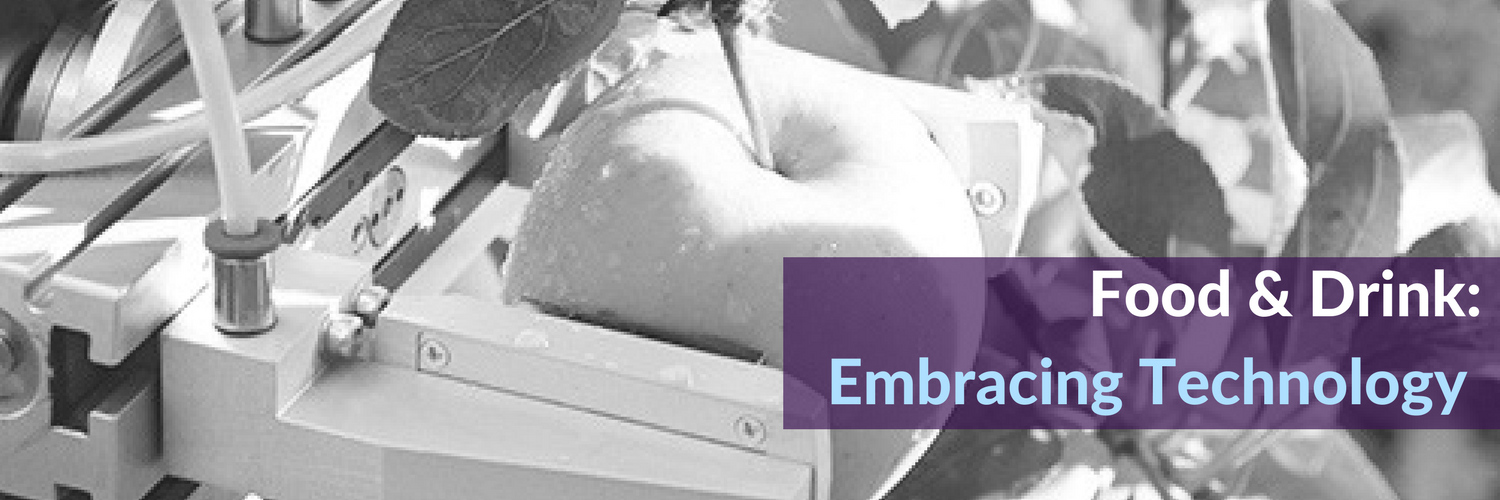Recently Optimum PPS has been working with several organisations across the food and drink industry sector. This growing sector is currently facing many unique issues and how an organisation prepares and manages these issues has the potential to make or break their growth plans. In a new series of blogs Andrew Croghan aims to take a deeper look in to some of these issues and highlight how some members of the food and drink industry are taking action to not only ensure their survival but thrive.
Some of the challenges the food and drink industry has been facing are specific to its sector and they have been facing them for many years. These include dealing with the volatility of their supply chain costs, constantly managing small profit margins, labour and skill shortages and the ever-changing demands of the end customer. This final point is exacerbated by the fact that food and drink manufacturers have to manage relationships within the retail industry, which itself is still struggling to find a successful balance between the high street and online marketplaces. On top of these already difficult operating conditions comes Brexit and the associated economic uncertainty on the horizon. Yet, the sector is currently booming in the UK. (this is something we have had first-hand experience with over recent months following the opening of our Glasgow offices, as the sector is a force to be reckoned with in Scotland.)
With all this in mind, the recent BDO Food and Drink Report has found that in order to help manage the challenges that will be thrown at the industry over the coming months, 66% percent of the respondents are planning to invest in manufacturing automation. This is because the industry see’s the benefits automation can bring. Reducing production costs in the long term, maximising productivity and output, reducing waste, but also, automation goes some way to addressing a key concern for the industry, labour shortages. With 57% of respondents experiencing difficulties because of struggling to obtain and access the labour and skills they need. These benefits and many more mostly point to one essential goal, reducing operation and production costs to improve profit margins. With the retail grocery market amid an elongated price war, the industry is absolutely right to focus on this goal.
It is clear from the BDO report that food and drink industry is looking to technology to help address its pain points. However, as many organisations across all sectors know, digital transformation and process automation is not as easy as plugging in, switching on and then seeing the ROI.
The industry currently has one of the lowest automation densities in the UK so there are few working examples for an organisation to learn from. As a result, it could prove difficult for an organisation to correctly plan and prepare for this change without access to the learnings of their peers. In our experience achieving long term success from implementing automated machinery can often be dependent on the business systems they operate on top off. (If you would like to read more on this, take a look at our previous blogs where we have discussed the importance of addressing an organisations people, processes and systems to ensure a business is best placed to manage a successful business change project.)
Another key area for consideration within food and drink manufacturers preparations for embracing new technology is their ability to manage and utilise the increase in data that will be made available to them from automated machinery and other aspects of new technology. One key example of what we mean is utilising the external data that is usually out of an organisations control that can have a direct impact on the food and drink sector, such as weather conditions. Weather conditions can affect produce yield, quality and transport times. There are working examples of how food and drink manufacturers have exploited collecting weather forecast data and combining this with their existing data from the impact the forecasted conditions have had previously. This has allowed for businesses to adjust their expected yield in real time and in turn better manage their stock control, reducing losses caused from under or over stocking.
The key point I am trying to make here is that there are many benefits to embracing technology within the food and drink industry and automation is certainly central to addressing some of the industry’s pain points. However, to successfully implement automation technology it is important to simultaneously address existing business systems and ensure you have an effective plan for data management. Combining these 3 areas can place an organisation in a strong position to extract the maximum value from their investment in both the short and long term.
I will continue to address the issues facing the food and drink industry and the potential solutions to these in my upcoming blogs over the coming weeks.
If you would like to subscribe to our blogs please sign up below:


